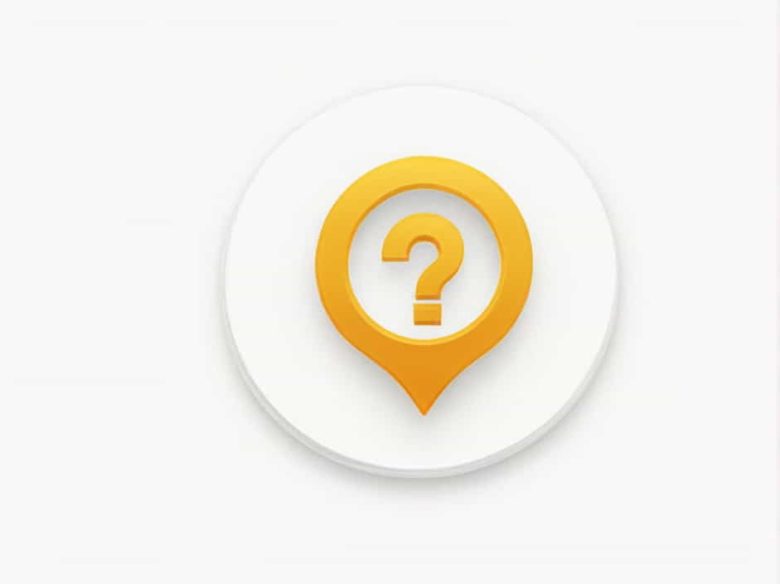Lhasa the capital of Tibet is a city rich in history culture and spirituality. It is home to some of the most famous Buddhist landmarks in the world including the Potala Palace and Jokhang Temple. Many travelers and history enthusiasts are curious about Lhasa its significance and what makes it special.
In this topic we will answer some of the most commonly asked questions about Lhasa its history geography climate and cultural significance.
1. Where Is Lhasa Located?
Lhasa is located in the Tibet Autonomous Region of China situated on the Tibetan Plateau at an altitude of approximately 3656 meters (11995 feet) above sea level. It is one of the highest cities in the world.
2. What Does Lhasa Mean?
The name “Lhasa” means “Place of the Gods” in Tibetan. It is considered a sacred city by Tibetan Buddhists and has been a religious and political center for centuries.
3. Why Is Lhasa Important?
Lhasa is important for several reasons:
- It is the spiritual and cultural heart of Tibet.
- It was the historical residence of the Dalai Lama.
- It is home to UNESCO World Heritage Sites including the Potala Palace and Jokhang Temple.
- It attracts thousands of pilgrims and tourists every year.
4. What Is the History of Lhasa?
Lhasa has a long and fascinating history:
- 7th century – King Songtsen Gampo established Lhasa as the capital of Tibet and built the first Jokhang Temple.
- 17th century – The 5th Dalai Lama built the Potala Palace which became the official residence of the Dalai Lamas.
- 1950s – Tibet came under Chinese control and Lhasa became the capital of the Tibet Autonomous Region.
5. What Are the Top Attractions in Lhasa?
Lhasa is home to several famous landmarks:
a) Potala Palace
A magnificent palace that served as the residence of the Dalai Lamas. It is a UNESCO World Heritage Site and a must-visit destination.
b) Jokhang Temple
The holiest temple in Tibet built in the 7th century. It houses a famous statue of Buddha and attracts Buddhist pilgrims from all over the region.
c) Barkhor Street
A traditional market area where visitors can buy Tibetan crafts jewelry and prayer flags. It is also an important pilgrimage route.
d) Norbulingka Palace
Known as the “Jewel Park” this was the summer palace of the Dalai Lamas. It is surrounded by beautiful gardens and is a peaceful retreat.
e) Sera Monastery
A famous Tibetan Buddhist monastery known for its monk debates where monks engage in lively philosophical discussions.
6. What Is the Climate Like in Lhasa?
Lhasa has a high-altitude semi-arid climate.
- Summers (June-August): Mild with temperatures around 10°C to 23°C (50°F to 73°F).
- Winters (December-February): Cold with temperatures dropping to -10°C (14°F) at night.
- Best Time to Visit: The best time to visit Lhasa is from April to October when the weather is more comfortable.
7. What Are the Altitude Effects in Lhasa?
Due to its high elevation visitors may experience altitude sickness. Symptoms include:
- Headaches
- Dizziness
- Shortness of breath
To prevent altitude sickness it is recommended to:
- Rest for 1-2 days after arrival.
- Drink plenty of water.
- Avoid strenuous activities initially.
8. What Is the Religion of Lhasa?
Lhasa is the center of Tibetan Buddhism. Most of its population follows Buddhism and the city is filled with monasteries prayer wheels and stupas. The most important religious figures are the Dalai Lamas and Panchen Lamas.
9. What Language Is Spoken in Lhasa?
The main language spoken in Lhasa is Tibetan but Mandarin Chinese is also widely used especially in official settings. Some people in the tourism industry speak English.
10. How Can You Travel to Lhasa?
There are several ways to reach Lhasa:
- By Air: The Lhasa Gonggar Airport has flights from major cities in China such as Beijing Chengdu and Shanghai.
- By Train: The Qinghai-Tibet Railway offers a scenic train journey from cities like Xining Beijing and Shanghai. It is the highest railway in the world.
- By Road: There are highways connecting Tibet to China but long road trips are challenging due to the high altitude.
11. Do You Need a Permit to Visit Lhasa?
Yes foreign tourists need a Tibet Travel Permit to visit Lhasa. This permit can be obtained through a registered travel agency. Additionally some areas outside Lhasa require a Restricted Area Permit.
12. What Food Can You Eat in Lhasa?
Tibetan cuisine is simple but flavorful influenced by the region’s cold climate and Buddhist culture. Popular dishes include:
- Tsampa: Roasted barley flour mixed with butter tea.
- Tibetan Butter Tea: A salty tea made with yak butter.
- Momos: Tibetan dumplings filled with meat or vegetables.
- Yak Meat: A staple protein source in Tibet.
13. Is Lhasa Safe for Tourists?
Yes Lhasa is generally safe for tourists. However visitors should:
- Respect local customs and religious sites.
- Avoid political discussions about Tibet.
- Prepare for altitude sickness before traveling.
14. Can You See Mount Everest From Lhasa?
No Mount Everest is located about 600 km (373 miles) from Lhasa. However travelers can visit Everest Base Camp in Tibet by taking a tour from Lhasa. The journey takes several days.
15. What Souvenirs Can You Buy in Lhasa?
Popular souvenirs from Lhasa include:
- Prayer flags – Used for religious blessings.
- Thangka paintings – Traditional Buddhist artwork.
- Tibetan jewelry – Handmade silver and turquoise accessories.
- Yak wool scarves and blankets – Warm and unique gifts.
Lhasa is a city of spirituality history and breathtaking landscapes. From its iconic Potala Palace to the bustling Barkhor Street it offers a unique experience for travelers. Whether you are interested in Buddhist culture scenic mountain views or traditional Tibetan food Lhasa is a destination worth exploring.
By understanding its history culture and travel requirements visitors can make the most of their journey to this sacred Tibetan capital.



